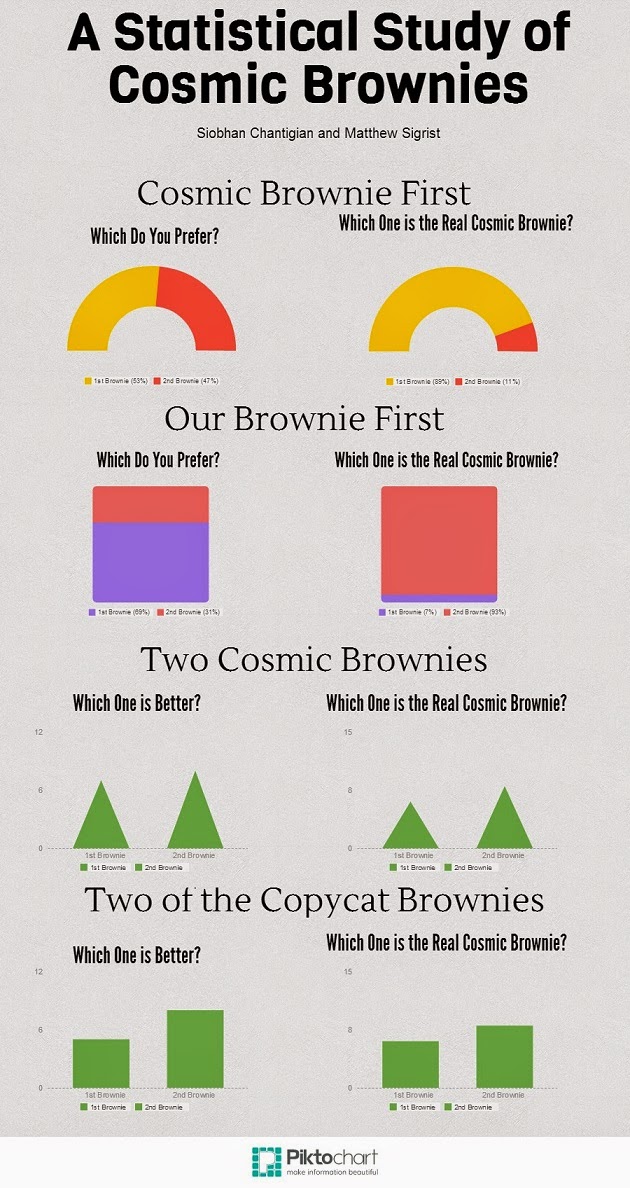After the survey was complete we spent a day in class analyzing our results. We found a relationship in four graphs. The following differed by grade: amount of sleep, how students feel about their free time, how many hours per week students work, and how many hours per week students participate in an after school activities. We found major differences between seniors and other grades in two of our graphs. Seniors had a lot less sleep than other grades, and they spent less time participating in after school activities. Seniors who worked also spent more hours working than students in other grades. We chose to display our data through box plots, histograms, and bar graphs.
A major problem was that our graphs looked lumped together due to the fact that we had wide hour ranges on our multiple choice question options. The quality of this data could be improved by taking a larger sample size and asking more detailed questions. By doing this we would be able to better prove our theories correct or incorrect.
In this graph, it shows how seniors are sleeping much less than students in other grades. You can see here how students in grades 9-11 are very similar in amount of people in each sleep interval, while seniors have more students in the bottom two intervals. We think the reasoning for this could be that seniors are the oldest which means they work more, and have higher stress, leading to less sleep.
In this graph, we compared grades in time spent participating in after school activities. As seen here, the seniors have a relatively low amount of students participating in after school activities. The Juniors have a good amount of students who did not do any after school activities. But the ones who did participate spent many hours doing it. Seniors had more people in after school activities, but they didn't spend as much time doing them. Freshmen and sophomores had equal amounts of people in after school activities and times spent doing them.





.jpg)
.jpg)









.png)
.png)
.png)









